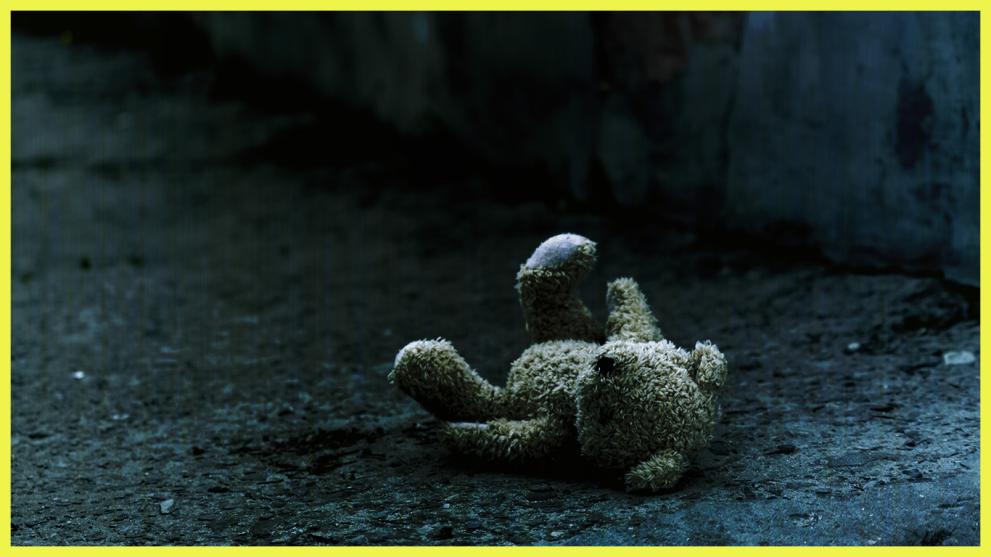
Research conducted by the United Nations Office on Drugs and Crime (UNODC) has consistently shown that children account for a significant number of detected trafficking victims.
Globally, more than one in three victims detected is a child. While in the EU every fifth victim is a child, in some regions, children constitute the majority of victims.
Child trafficking is an abhorrent and universally condemned crime. Unfortunately, the combined efforts of governments, law enforcement, public services and civil society have not been sufficient to prevent traffickers from exploiting vulnerable children.
Over the past decades, the vulnerability of children has considerably increased. Overlapping crises such as armed conflicts, large migration and refugee flows, cybercrime, climate change and the COVID-19 pandemic have further complicated efforts to prevent and combat child trafficking.
To draw renewed attention to this pressing issue, UNODC and the EU’s Anti-Trafficking Coordinator are marking this year’s World Day Against Trafficking in Persons by jointly urging accelerated action to end child trafficking.
“We need to stop this disturbing trend and bring traffickers to justice,” said John Brandolino, UNODC Director of the Division for Treaty Affairs. “Whether in their home countries or on the move, vulnerable children are increasingly at risk of exploitation.”
The EU continues to be a strong partner of UNODC and recognises the need to address this global problem. This long-standing partnership enables UNODC to provide expertise to crime prevention and criminal justice agencies, as well as victim support organisations, in partner countries around the world.
“The European Union is committed to eliminate child trafficking and pursue a comprehensive approach from prevention to protection of children, while bringing traffickers to justice”, said Diane Schmitt, EU Anti-Trafficking Coordinator. “Cooperation across borders and united efforts are fundamental to dismantle the criminal networks that exploit children, including in the context of forced criminality”.
While some progress has been achieved in recent years, the COVID-19 pandemic has set back anti-trafficking responses. Organized criminal networks quickly adapted their modus operandi and business models, increasingly using digital tools and online platforms to recruit and exploit children.
The EU’s commitment to protect children and tackle trafficking in its various forms, including the challenges created by the digital age, is detailed in its strategy on combatting human trafficking.
New EU rules adopted in June 2024 further strengthen a victim-centred and child sensitive approach, emphasizing child protection, by introducing the exploitation of illegal adoption and of forced marriage as new forms of trafficking. In addition, due to its impact and the severe psychological harm it causes to victims, online sexual exploitation becomes an aggravating circumstance leading to higher penalties.
The Global Action against Trafficking in Persons and the Smuggling of Migrants exemplifies a shared EU-UNODC commitment to combatting human trafficking. In Afghanistan, Iraq, Pakistan and Tajikistan, UNODC is working with EU support to consistently integrate child protection and child-sensitive approaches into national plans, strategies and curricula. Additionally, through the new PACTS project, the EU will support UNODC to strengthen assistance and protection for victims and survivors of trafficking at a global level.
“Many child victims remain undetected, which highlights the critical need for prevention and early identification, as well as the importance of awareness and education on the threats, especially of the online environment,” noted Schmitt. “We need to protect every child and equip those on the front lines with the knowledge and resources they need to recognise and respond to potential trafficking situations”.
The consequences of child trafficking are severe, ranging from negative psychological effects and health problems to an increased risk of crime and addiction. However, far too often, the ordeal does not end after trafficking victims are freed or escape their captors.
“Children who are forced into criminal activities should not have their status as victims called into question. Instead, responses to child trafficking must always prioritise the best interests of the child,” underlined Brandolino.
This year’s 10th World Day Against Trafficking in Persons campaign emphasises the urgent need to tackle this dire situation. The campaign’s message, “Leave No Child Behind in the Fight Against Human Trafficking,” must be heeded if the world wants to effectively combat this global scourge.
Details
- Publication date
- 30 July 2024
- Author
- Directorate-General for Migration and Home Affairs
